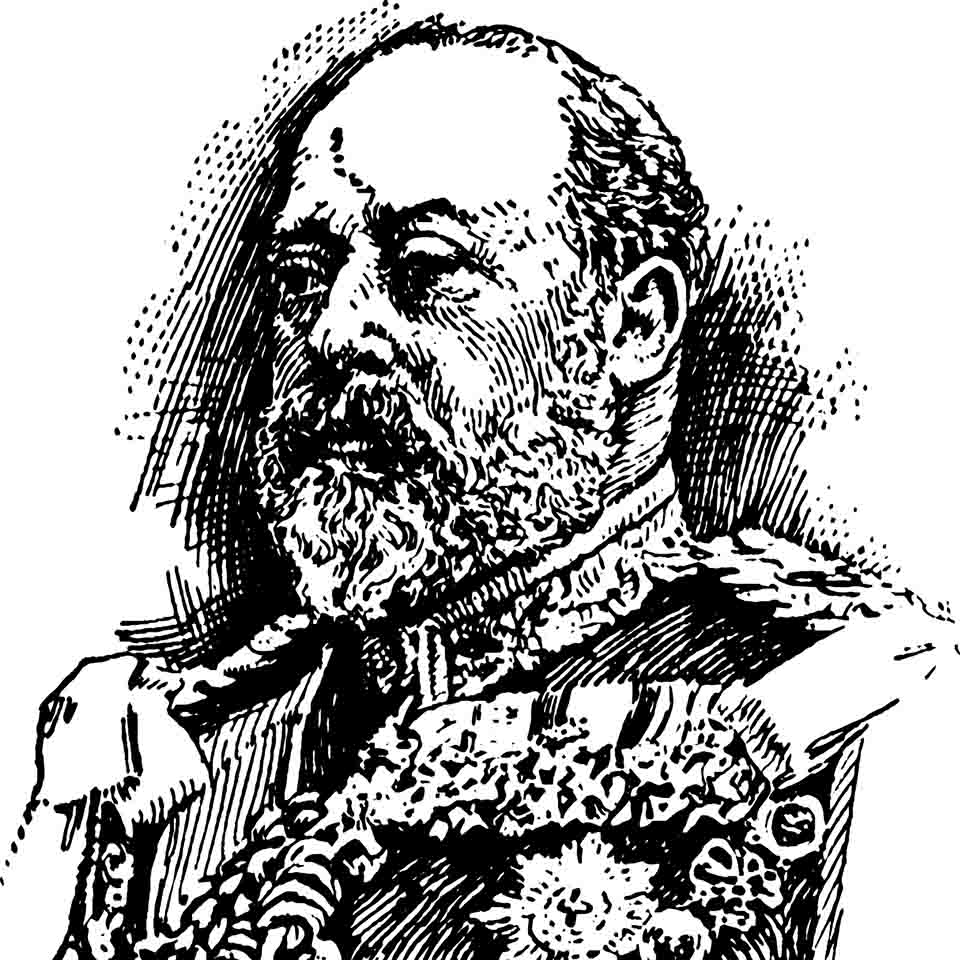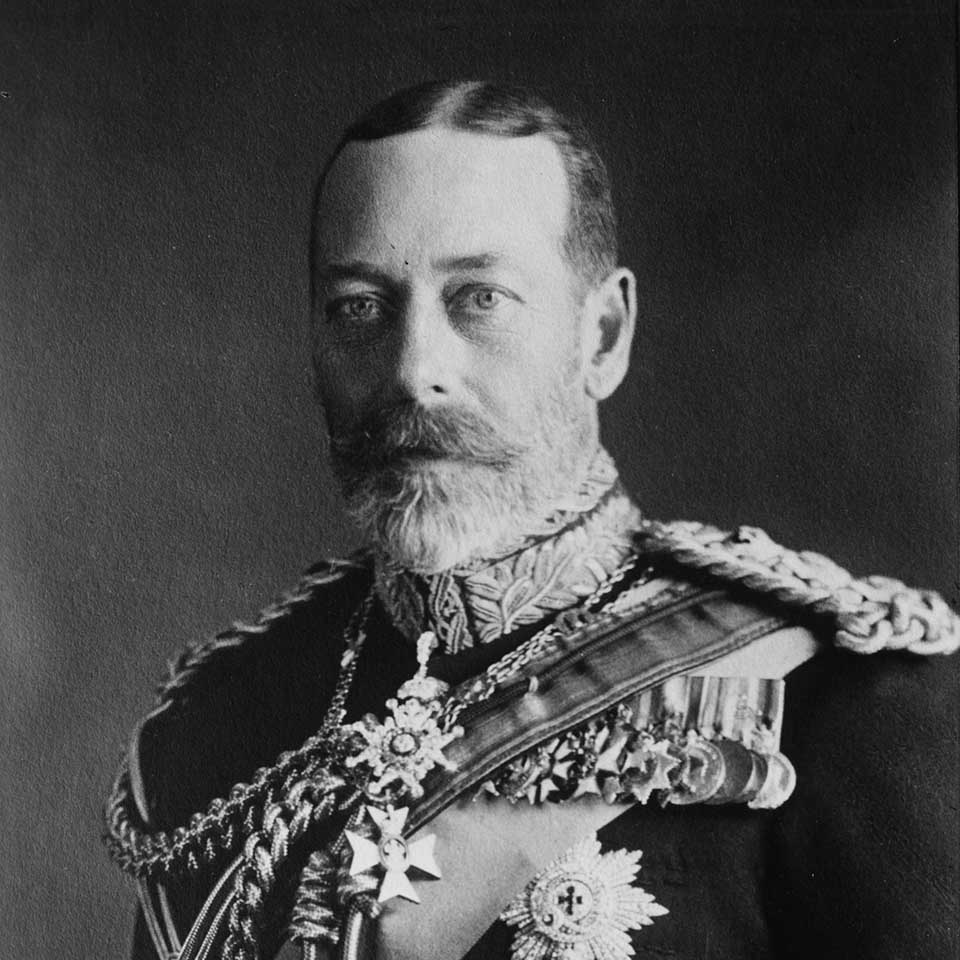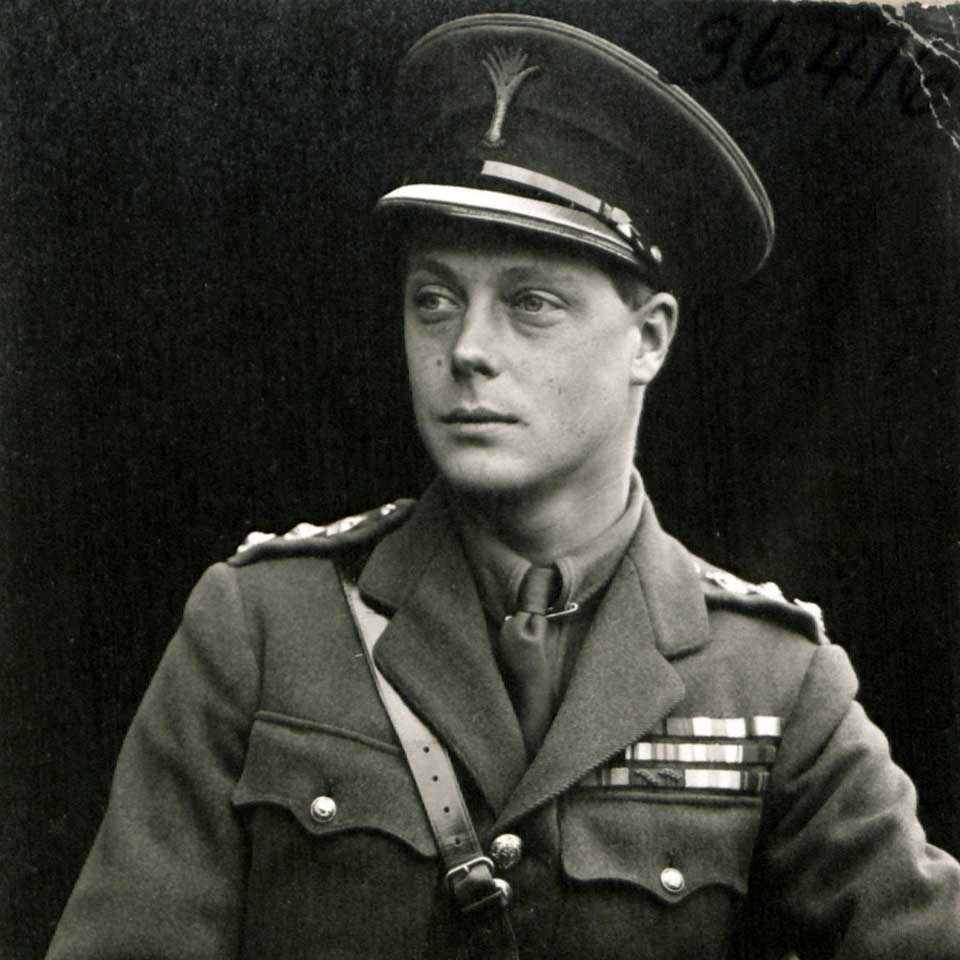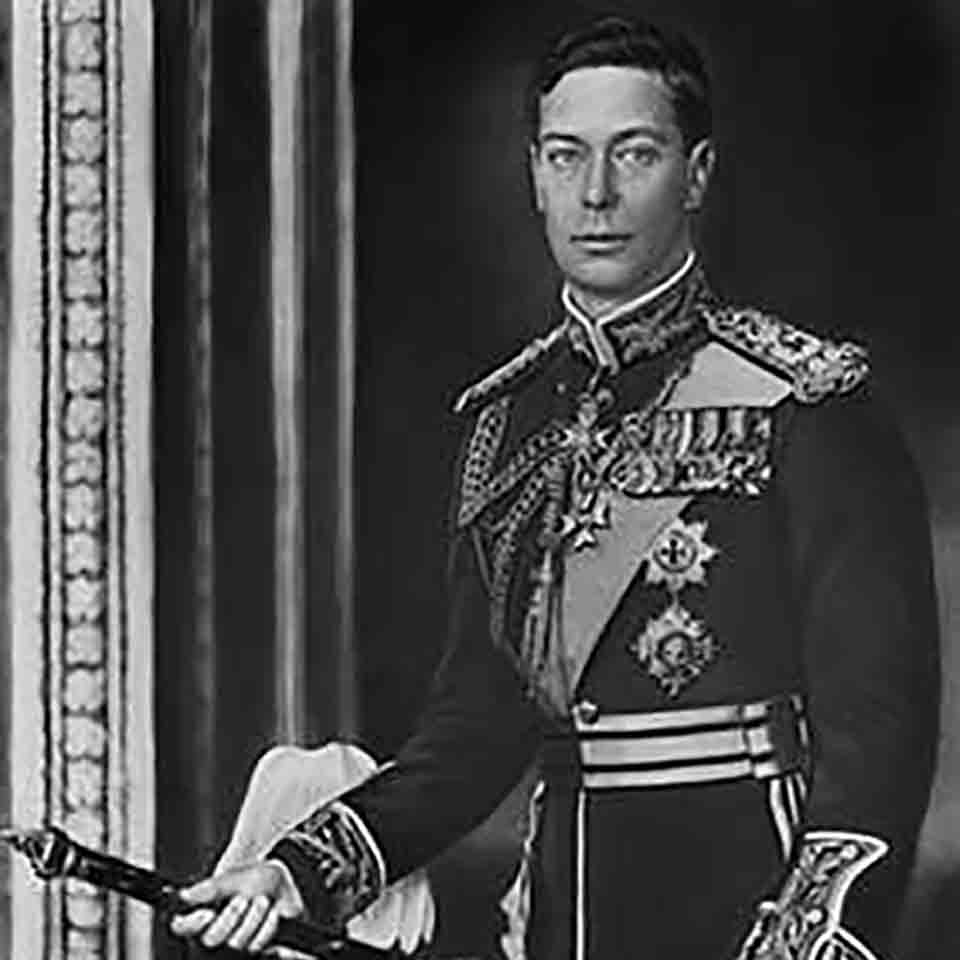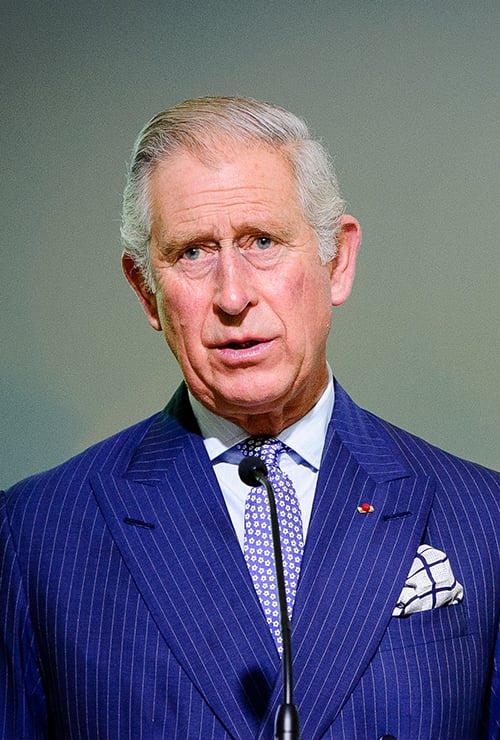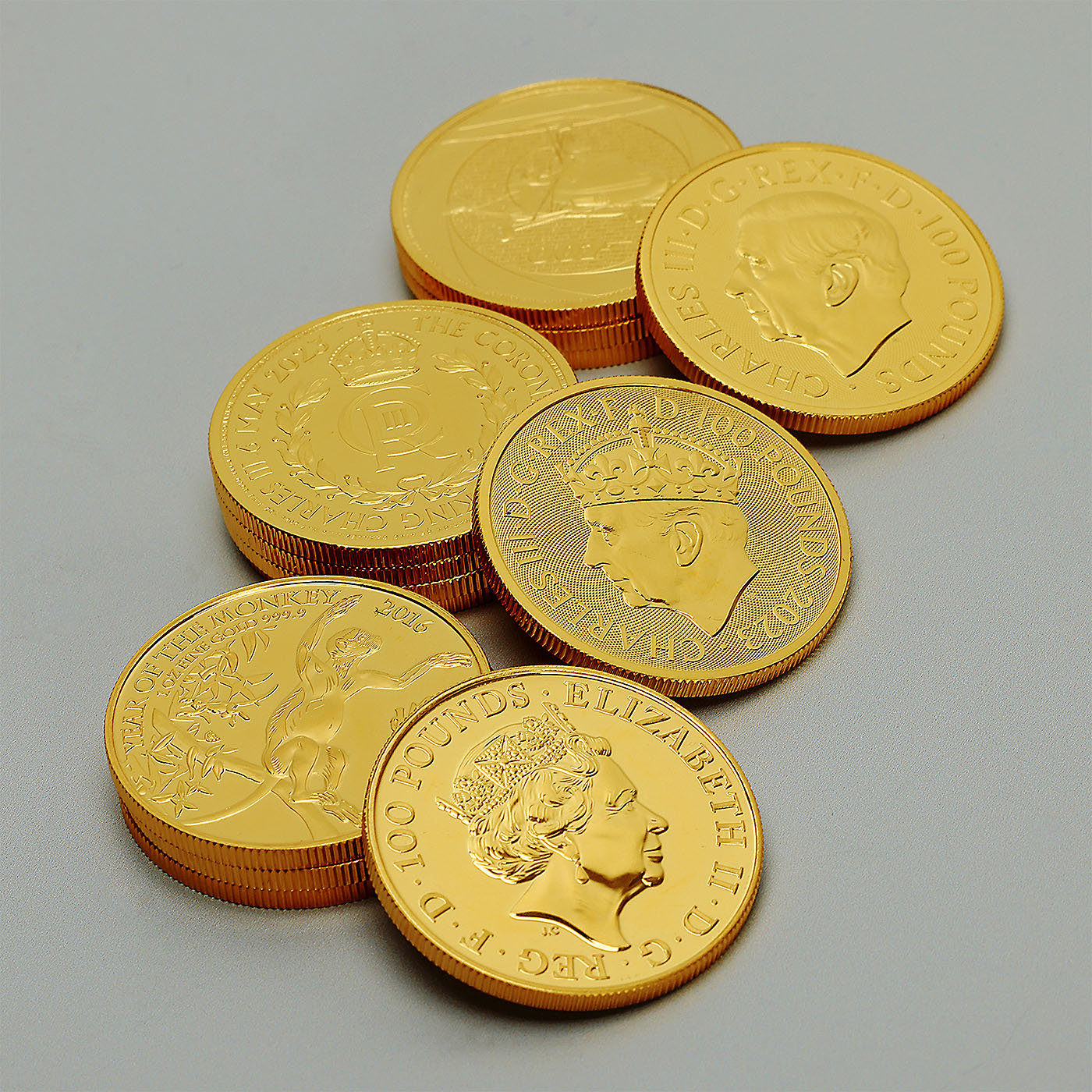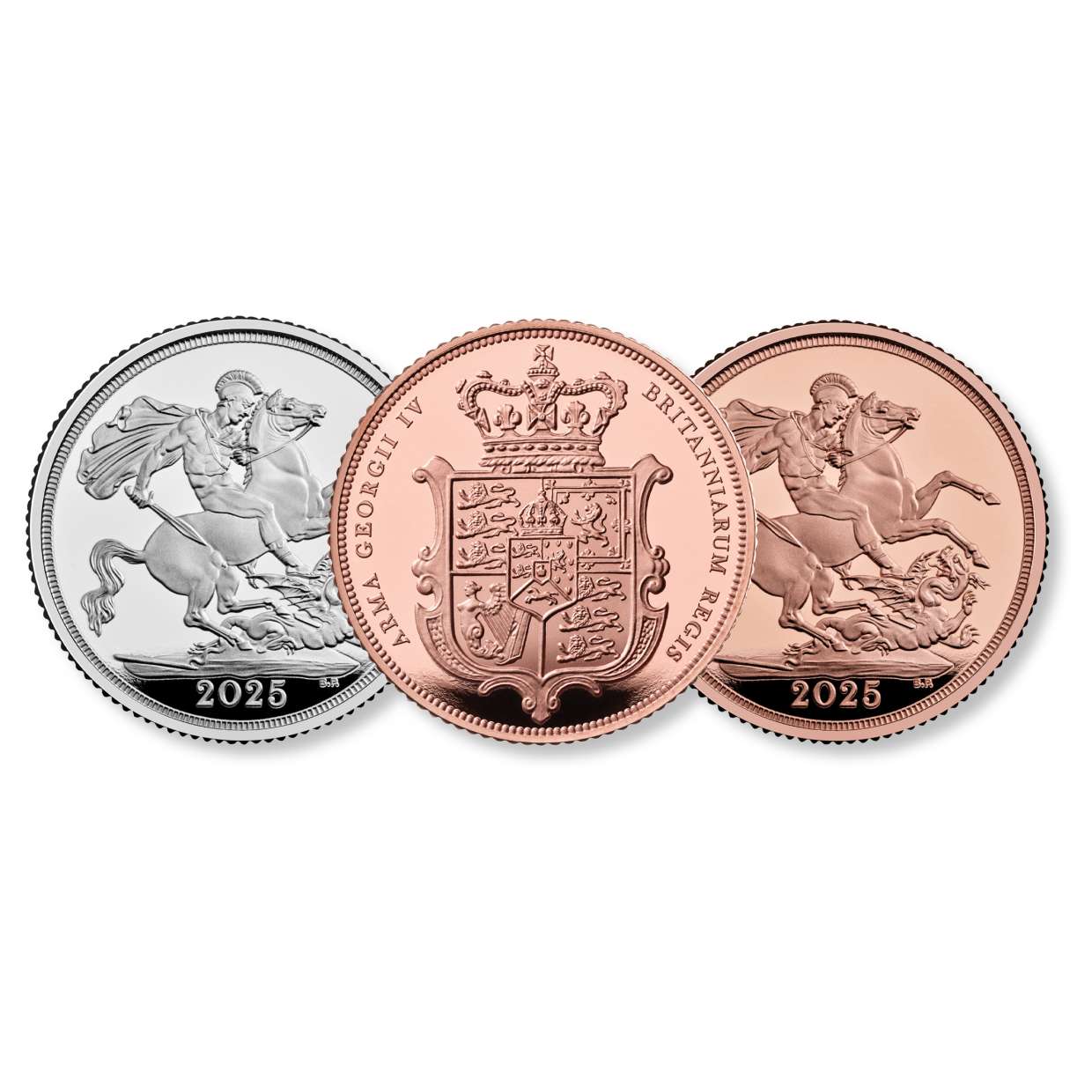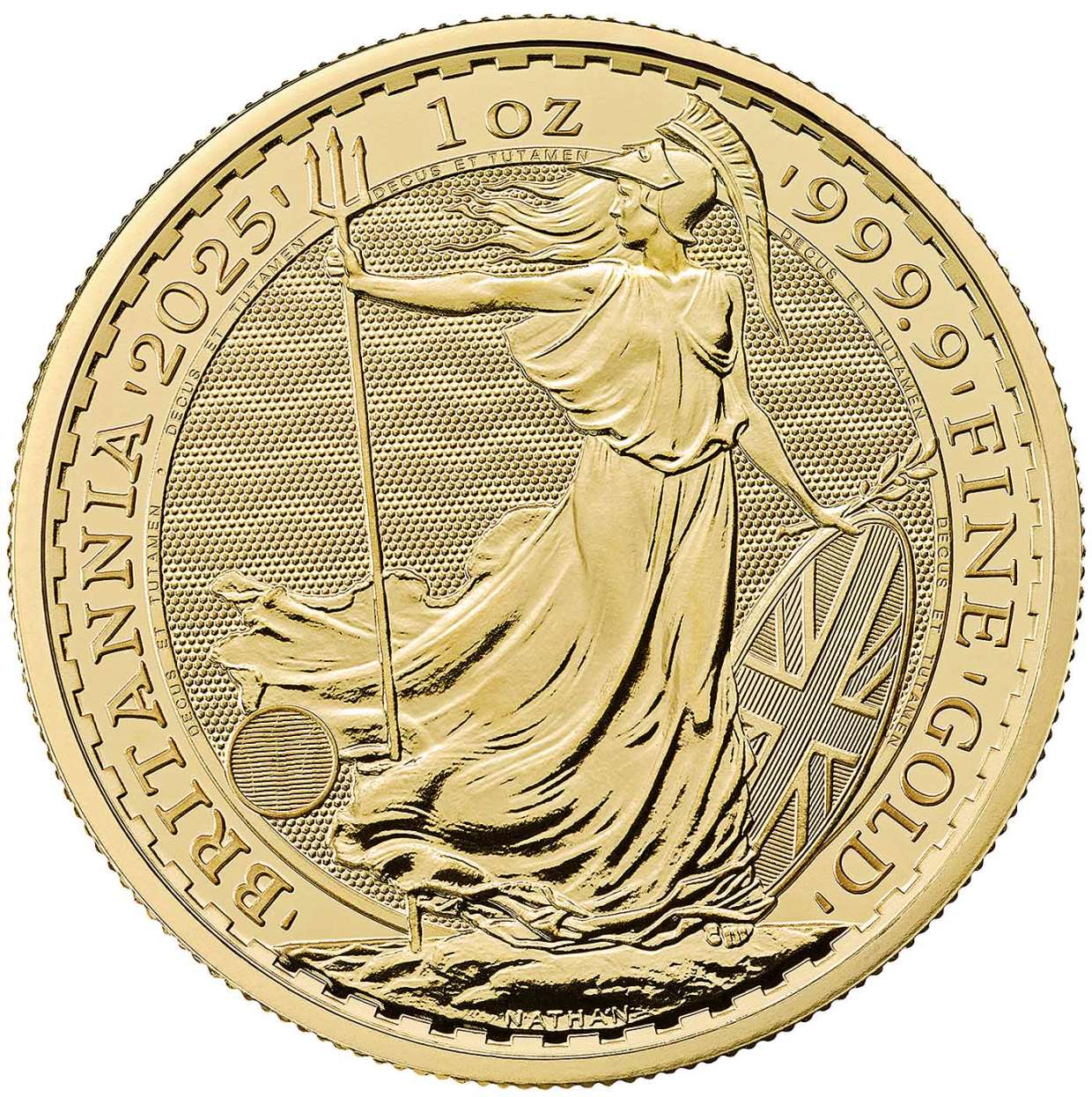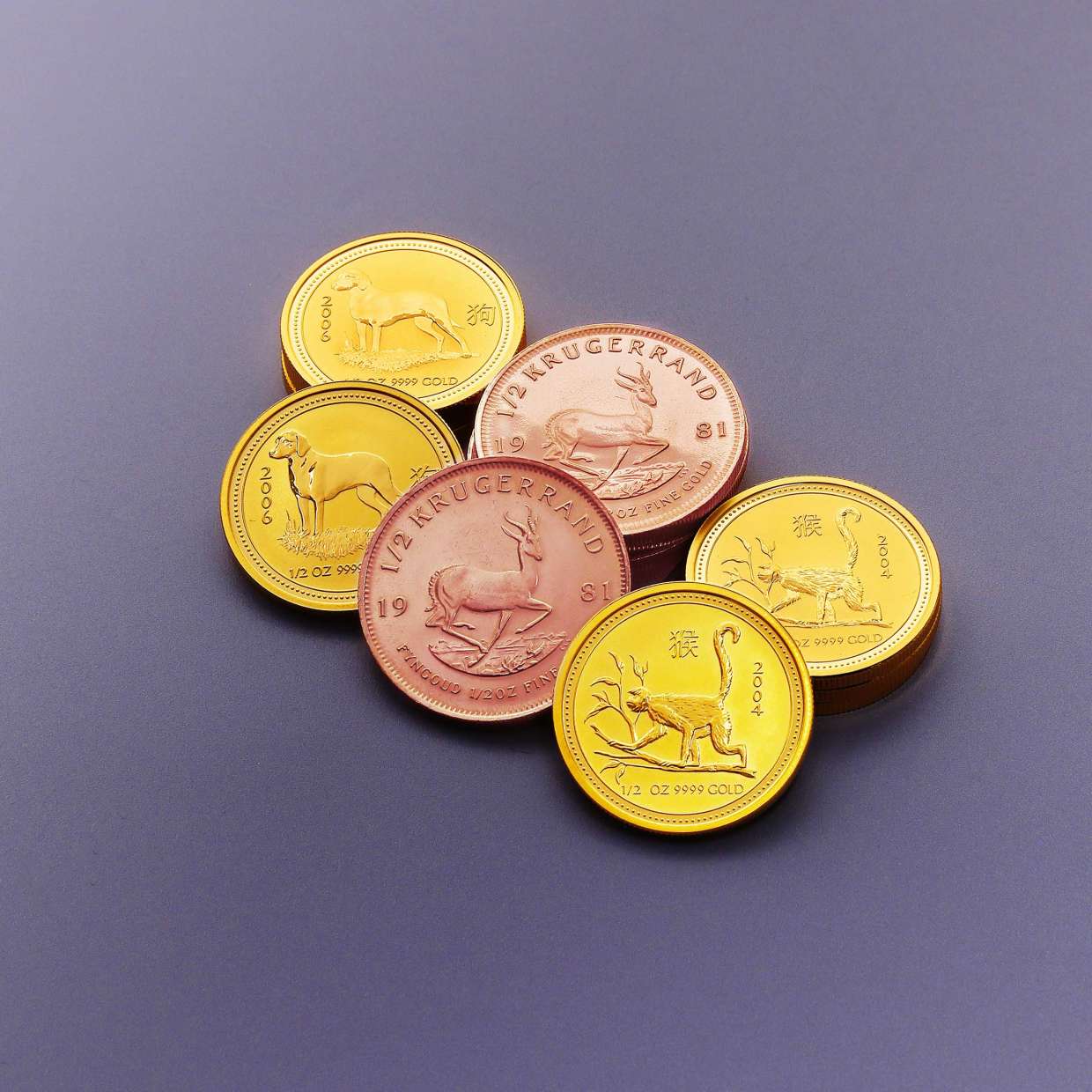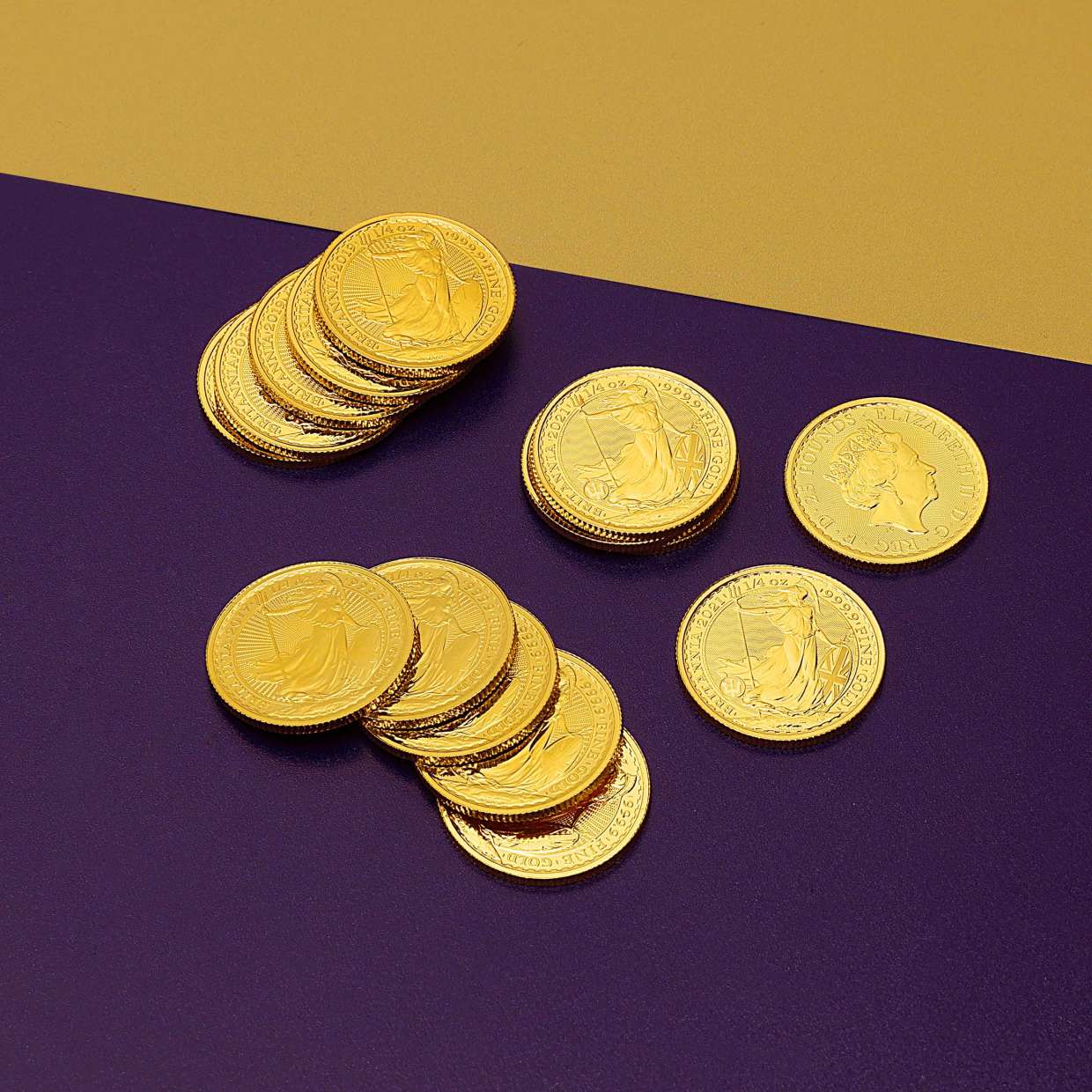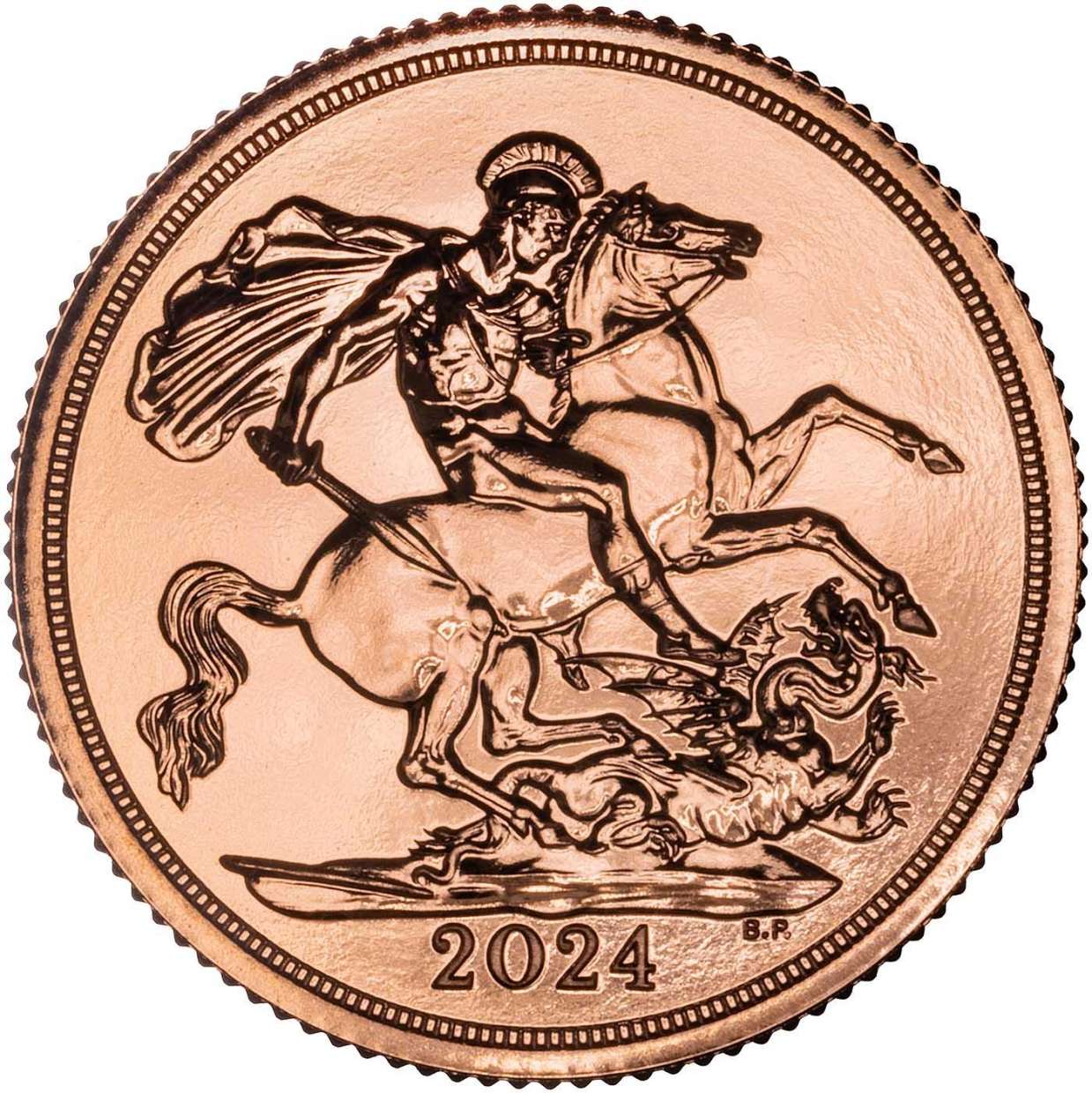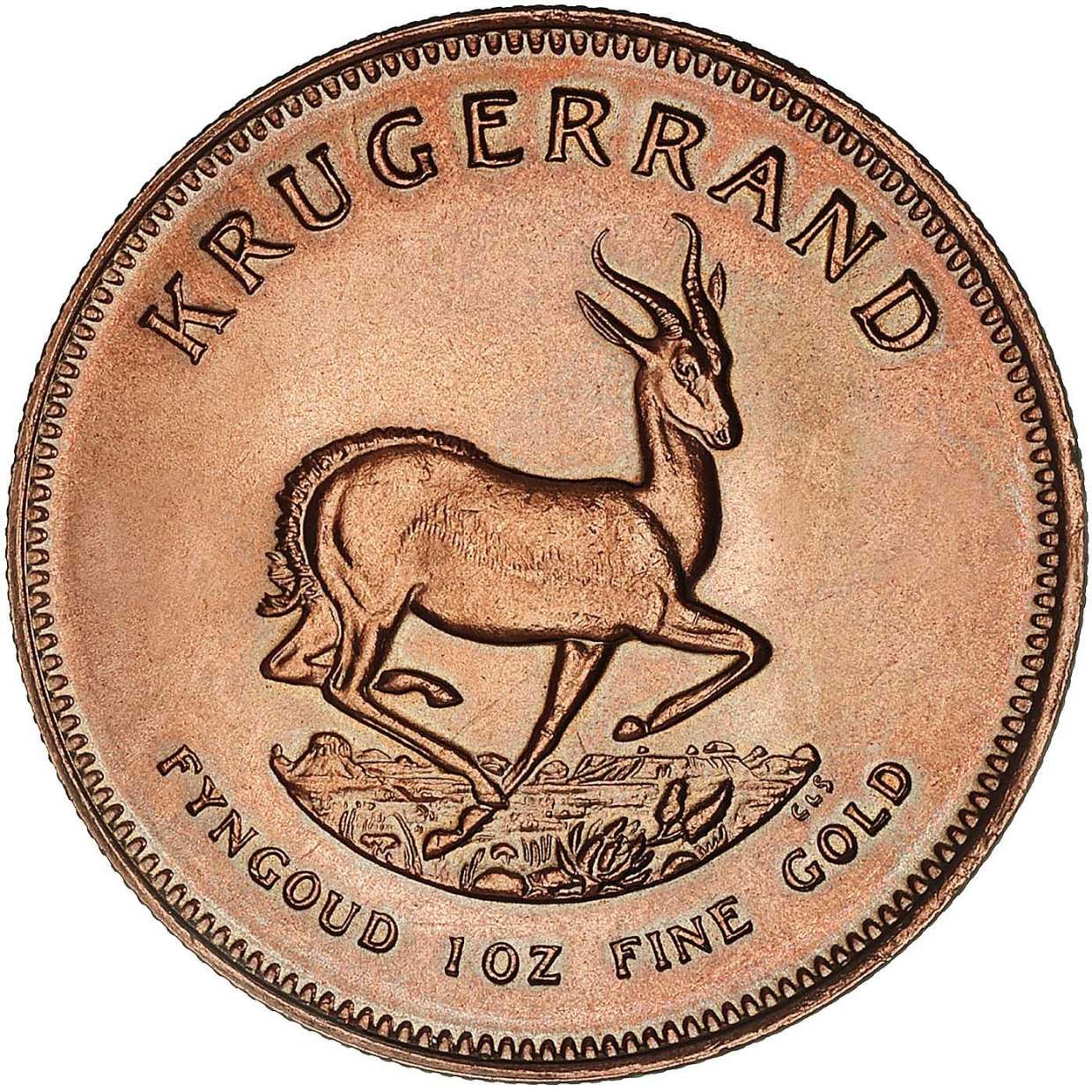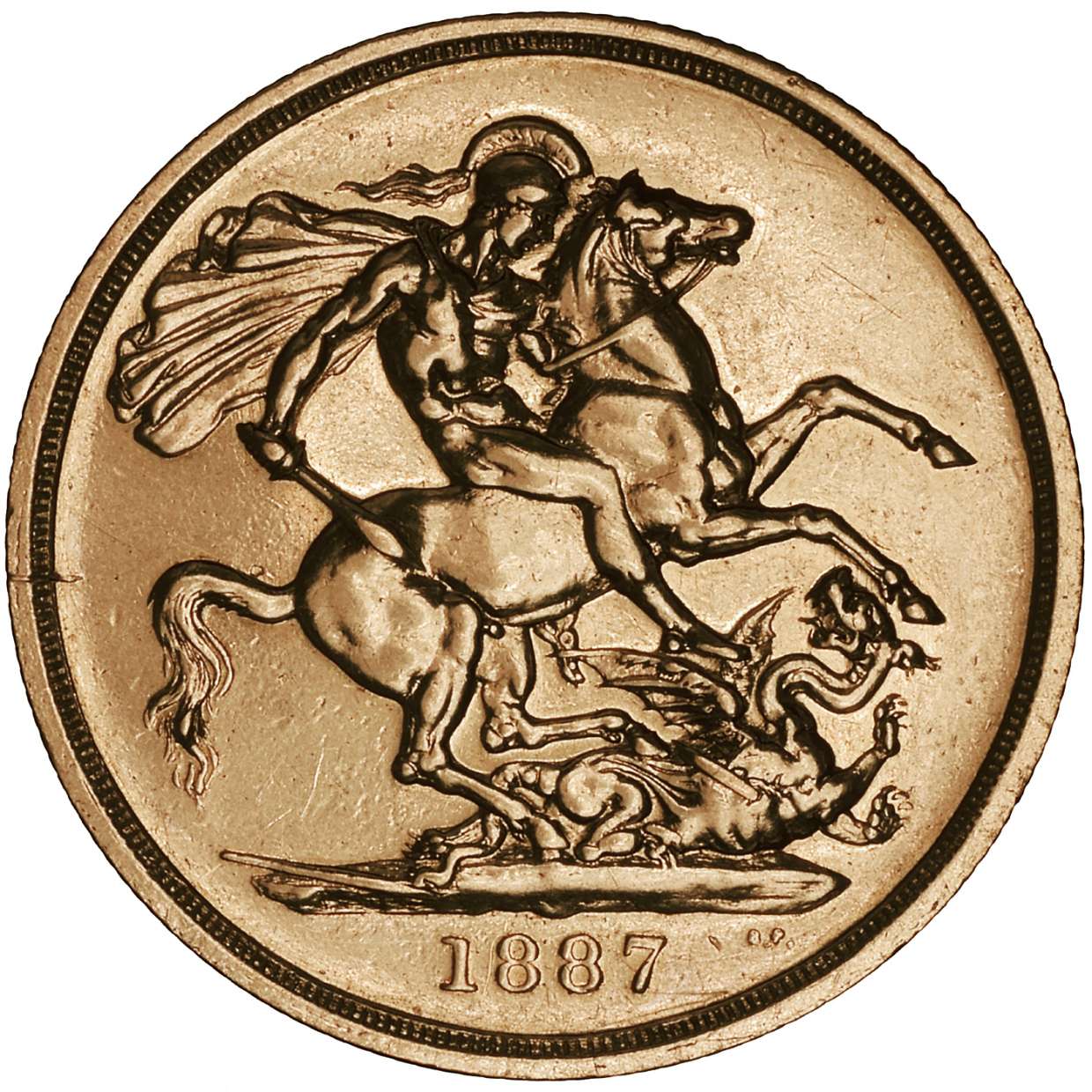Queen Elizabeth II (1952 - 2022)
Synopsis
HM Queen Elizabeth II, our present Queen, is, at the time of writing, the third longest-serving British monarch in history, and the longest lived. Queen Elizabeth II has, throughout the course of her reign, seen some of the biggest changes in Britain's long history, and this is particularly true with regard to its coinage.

Early Life
Princess Elizabeth Alexandra Mary was born on April 21st 1926 to Albert, Duke of York and his wife Elizabeth Bowes-Lyon. When she was born, she was third in line to the throne, but as the daughter of King George V's second son and niece of the Prince of Wales, she was not at this point seriously expected to succeed to the throne.
Elizabeth grew up under the care of her nanny, Marion Crawford (Crawfie) along with her younger sister Margaret (born in 1930), she was affectionately known as 'Lilibet' after the way she pronounced her own name when still an infant. Elizabeth's Grandfather George V and Queen Mary were very fond of their granddaughters, and the former, who was disappointed in the character of his eldest son, expressed the prophetic hope that she would one day succeed to the throne via her father. Following the abdication crisis of 1936, her father came to the throne as George VI, and Elizabeth became Heiress Presumptive* to the throne. Her six year old sister Margaret turned to Elizabeth and said 'poor you' in response to the news of the onerous responsibility she would one day have to shoulder.
War years
In September 1939, Britain was plunged into war with Nazi Germany. Plans were made to evacuate the Royal Family to Canada following the fall of France the following year, but the Royal Family stayed, residing mostly at Windsor Castle, for the duration of the War. In 1940, aged 14 Elizabeth made her first public broadcast, speaking to other British children on BBC's Children's hour to reassure them of final victory and in praise of the Armed Forces efforts and of the endurance of the British population in the face of danger and hardship. In February 1945, Elizabeth joined the ATS and served as an officer mechanic and truck driver until the war ended. On VE day, Elizabeth secretly mingled with the crowd outside Buckingham Palace to share in the euphoria of the War's End.
Marriage to Prince Phillip
During the War, Princess Elizabeth corresponded regularly with Prince Phillip, a member of the Greek Royal Family who was a naturalised British subject. Prince Phillip was on active service throughout the War as an officer in the Royal Navy, and rarely saw Elizabeth during the War years, however, in 1946, a year after the war had ended, Prince Phillip proposed to Elizabeth and they were married the following year. In 1948, their first child, Prince Charles (now the Prince of Wales) was born. Prince Phillip was styled the Duke of Edinburgh, and maintained his active service career for some years following his marriage. The Royal couple spent much of their married life in Malta, where the Duke of Edinburgh was based. However, in 1951, with the King's health failing, Princess Elizabeth took on a more active role in performing Royal duties at home and around the world, accompanied by her husband.
Accession
It was on one of these overseas Royal tours, at the Treetops Hotel in Kenya, that Elizabeth was informed by her husband that George VI had died and that she was now Queen. When asked what regnal name she would reign under (her father's had been different to his real name) she replied 'Elizabeth of course'. This has been a source of minor controversy in Scotland ever since, as there had never been a previous Queen Elizabeth of Scotland, and thus her styling as 'Elizabeth II' north of the border, was and is viewed by some as anglo-centric arrogance.
Nevertheless, the coronation of Elizabeth II the following year was viewed with almost universal celebration, and was the first to be televised. The number of television sets in Britain are reported to have doubled in the lead up to the coronation in anticipation of the event. At the time of her coronation, the Queen was, in addition to the UK, Queen of 25 other realms. Over the following years however, many of them, including Pakistan, South Africa, Ceylon (Sri Lanka), Kenya (where she had been pronounced Queen), Malta and many others became Republics.
Winds of Change
At the start of her Reign, the British Empire was already undergoing a period of transformation into what would come to be known as the Commonwealth of Nations. India and Pakistan had already become independent under the reign of George VI, and throughout the 1950s 60s and 70s, most of Britain's former colonies became independent, with most eventually opting to become republics, replacing the Queen as their head of state with a president. At home too, rapid changes in technology were transforming Britain socially, economically and technologically, as well as demographically. The austerity of the post war years was replaced by the boom years of the swinging 60s, and the material standard of living for the average British citizen grew higher despite the decline of Britain's Empire. Changing social values have made the Britain of today unrecognisable to that of the time of Elizabeth's accession. As the Queen herself stated in her address to the UN in 2010, her reign had witnessed great change, much of it for the better.

The Queen's Reign from a Numismatic Perspective
However, as far as we are concerned, one of the most important changes to take place during the Queen's reign took place when, in February 1971, Britain finally discarded its '£sd' system for a fully decimalised currency. Now, instead of 240 old pennies or 20 shillings making up a pound, the pound now consists of 100 'new' pennies to the pound. ½ p, 1p, 2p and 50p (the latter was introduced in 1969 as the 10/- piece) were struck as new denominations in preparation for decimalisation.
During the course of decimalisation, the production of half-crown, sixpence, old Penny and Halfpenny coins was discontinued (the farthing had already been demonetised in 1960), although the sixpence remained in use until 1980 due to public sentiment and their usefulness in vending machines. Predecimal coins with an exact new pence equivalent, such as the Shilling, Florin and Crown, were maintained as legal tender as the 5p, 10p and 25p respectively. Their decimal equivalents were for several years afterwards stuck to the same size and weight of their predecimal predecessors until as late as 1992 (in the case of the 10p piece). Sadly, although the shilling was and is equivalent to the 5p piece, the name did not survive the onset of decimalisation, even as a nickname for the new 5p piece, as it might have done by following the example of the US five cent 'nickel'.
Although decimalisation was perhaps the single most important numismatic event of Elizabeth II's reign, it was far from the only important one. For the first time since 1932, sovereigns were again struck in the name of the reigning monarch for use as bullion on the world market from 1957 through until 1982, when a persistent bear market for gold shut down production for non-proof gold issues until 2000, when the price of gold started to rise again after hitting an all-time low the previous year and when new EU tax rules were introduced abolishing VAT on investment gold, which made investing in gold a much more attractive proposition for British and EU residents.
Other developments include the introduction of the £1 coin in 1983, the £2 coin in 1998, amongst many other changes, too numerous to mention. During the course of her reign, four different portrait designs have featured on her British coinage, including the Gillick, Machin, Maklouf and Broadly portraits (1st, 2nd, 3rd 4th portraits respectively) Some of her independent commonwealth realms have used their own unique portrait designs on their own coins (such as the Blunt Portrait, used on Canadian coins since 2003), whilst others use the British portrait designs. The boom in the popularity of coin collecting has also led to a slew of commemorative issues far more various and numerous than those of any of her predecessors. In many cases, several different designs for the same coin appear in the same year to commemorate significant events and anniversaries, such as the current series of 50p pieces commemorating the lead up to the 2012 Olympics in London.
The Longest Reigning Monarch
During the late hours of 9th September 2015, Queen Elizabeth II became the longest reigning British head of state. The title was previously held by Queen Victoria, who reigned for 63 years and 216 days. This made Queen Elizabeth not only the longest reigning British monarch, but the world's longest reigning female monarch. Celebrations for the event took place on 10th September 2015 throughout the Commonwealth Nation.

Queen Elizabeth II Platinum Jubilee
On 6th February 2022, Queen Elizabeth II reached the milestone event of 70 years on the throne. Celebrations took place in June, with the UK having a 4-day bank holiday weekend.
The unprecedented anniversary was celebrated by numerous special events, including a Jubilee pageant parade, street parties, Trooping the Colour, and a special concert, which took place outside Buckingham Palace. Paddington Bear even made a surprise appearance!
A series of Jubilee beacons were lit throughout the Commonwealth, with Queen Elizabeth lighting the principal beacon.
The Death of Queen Elizabeth II
On the afternoon of 8th September 2022, Queen Elizabeth II passed away peacefully at Balmoral. The news broke around 6:30pm BST as messages of condolences from world leaders flooded in.
Mourners paid their respects by leaving floral tributes, Paddington Bear teddies and cards outside the Queen’s palaces and castles. A flower garden was set up near Buckingham Palace to display the thousands of bouquets of flowers, and an online book of condolences was established on The Royal Family’s website.
The Queen’s coffin laid in state at St Giles' Cathedral in Edinburgh, before moving to Westminster Hall in London. During this time more than 250,000 well-wishers were able to file past and pay their respects.
Upon the death of his mother, the crown automatically passed to Prince Charles, who assumed the title of King Charles III.
The Queen’s funeral took place at Westminster Abbey on Monday 19th September. The day was declared a bank holiday in the UK and was the first state funeral to be held since Winston Churchill’s in 1965. Over 2,000 people attended the service, with more than 500 heads of state and dignitaries present.
After the funeral, Her Majesties coffin joined a 2-mile procession through London, with large crowds of well-wishers lining the streets. The coffin was mounted onto the Royal Navy State Funeral Gun Carriage, previously used in Queen Victoria’s funeral. It was pulled by 98 Royal Navy sailors, with a further 40 acting as the brake. Members of the Royal Family, including King Charles III, marched behind the coffin.
The Queen was later moved to St Georges Chapel in Windsor, where she was laid to rest alongside her late husband, Prince Philip, her parents, King George VI and Queen Elizabeth, and her sister, Princess Margaret.
Events were watched by over 28 million people in the UK.
A history of Kings and Queens of England - Learn more about the Kings and Queens that reigned England throughout the different monarch dynasties (1066-2022).
Related Blog Articles
This guide and its content is copyright of Chard (1964) Ltd - © Chard (1964) Ltd 2024. All rights reserved. Any redistribution or reproduction of part or all of the contents in any form is prohibited.
We are not financial advisers and we would always recommend that you consult with one prior to making any investment decision.
You can read more about copyright or our advice disclaimer on these links.

